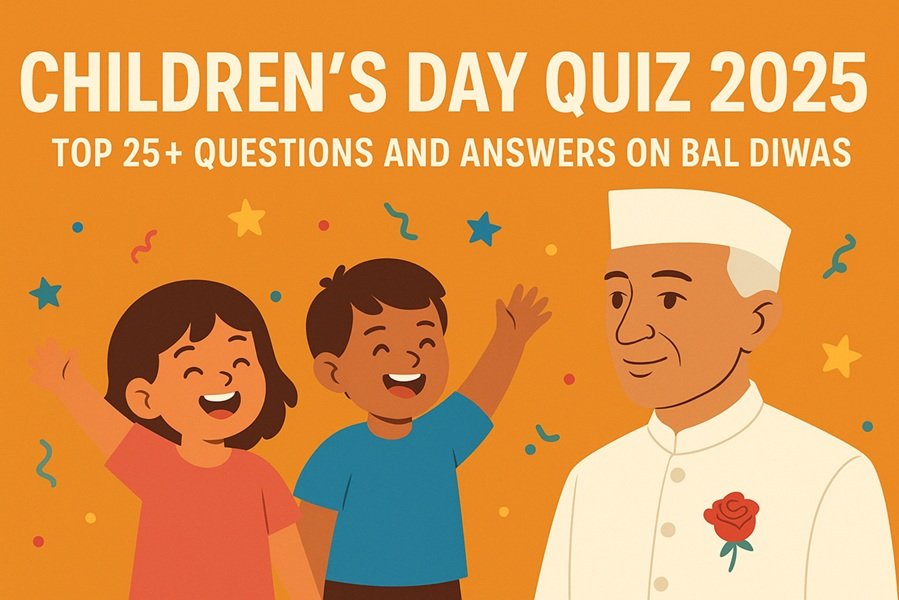
Introduction
The Arakan Army (AA) has emerged as one of Myanmar’s most formidable ethnic armed organizations, shaping the conflict landscape in Rakhine State and beyond. Initially formed in 2009, the AA has grown from a small insurgent group into a significant political and military force, challenging the Myanmar military (Tatmadaw) and asserting control over strategic areas. This article delves into the history, military engagements, governance, and international implications of the AA, shedding light on its aspirations, challenges, and impact on regional stability.
Historical Background and Formation
The Arakan Army was founded on April 10, 2009, under the Kachin Independence Army (KIA) in Myanmar’s northern Kachin State. The primary motivation behind its formation was to establish an independent or highly autonomous Rakhine State, drawing inspiration from Rakhine’s historical kingdom, Arakan, which thrived before Burmese rule.
“The Way of Rakhita”
The AA follows the doctrine of “The Way of Rakhita,” emphasizing self-determination for the Rakhine people. The ideology resonates deeply within Rakhine State, where historical grievances and economic marginalization have fueled support for the movement. Over the years, the AA has evolved into a well-trained and heavily armed force, positioning itself as a key player in Myanmar’s ongoing ethnic conflicts.
Military Expansion and Key Conflicts
Early Years: Alliance with KIA
In its formative years, the AA aligned itself with the Kachin Independence Army (KIA), participating in battles in northern Myanmar. This provided valuable combat experience and allowed the AA to develop its own strategy and organizational structure.
Shift to Rakhine State
By 2015, the AA shifted its focus to Rakhine State, where it began launching major attacks against the Tatmadaw. The conflict escalated significantly in 2019, when the Myanmar military designated the AA as a terrorist organization after it carried out well-coordinated assaults on security posts and infrastructure.
Seizing Strategic Strongholds
In December 2024, the AA achieved a landmark military victory by capturing the Tatmadaw’s Western Command Headquarters in Rakhine. This marked a major turning point, as the AA effectively took control of large portions of the state, significantly weakening the Myanmar military’s presence.
Governance and Administrative Structure
Beyond military gains, the Arakan Army has taken steps to establish an alternative governance system in the areas under its control. These efforts include:
- Judicial System: Setting up courts to handle local disputes, seen as more effective than the Myanmar government’s legal framework.
- Taxation and Revenue Collection: Imposing taxes on local businesses and trade routes.
- Public Services: Initiatives in healthcare, education, and infrastructure development.
The AA has also conducted vaccination drives and provided emergency relief in the wake of natural disasters, showcasing its administrative aspirations.
International Relations and Diplomatic Challenges
Despite its local success, the AA remains largely unrecognized on the global stage. The group has sought diplomatic engagement, with meetings held with Indian politicians in 2024 to discuss potential infrastructure collaboration. However, Bangladesh remains cautious, given security concerns along the border and the ongoing Rohingya refugee crisis.
Relations with China and India
China has been a key geopolitical player in Myanmar’s internal conflicts, and while Beijing maintains official ties with the Myanmar government, there have been speculations about Chinese backchannel support to various ethnic armed groups, including the AA. Meanwhile, India, which shares maritime and land connections with Rakhine, has monitored developments closely, balancing its strategic interests with Myanmar’s internal affairs.
The Rohingya Factor: A Contentious Issue
One of the most sensitive aspects of the Arakan Army’s rise is its stance toward the Rohingya Muslim community. While the AA primarily seeks autonomy for Rakhine Buddhists, its interactions with the Rohingya have been controversial. Reports from November 2024 indicate that the AA has been involved in clashes with Rohingya groups, leading to allegations of forced displacements and human rights violations.
However, the AA has also positioned itself as an alternative governing body that could, in theory, offer more stability and security than the Tatmadaw, though skepticism remains regarding its inclusivity.
Humanitarian Crisis and Ceasefire Initiatives
The prolonged conflict in Rakhine has led to severe humanitarian challenges, with thousands displaced and limited access to essential resources. Recognizing the need for relief efforts, the AA, as part of the Three Brotherhood Alliance, declared a unilateral ceasefire in March 2025 to facilitate humanitarian aid, particularly after a devastating earthquake in the region.
Conclusion: The Future of the Arakan Army
The Arakan Army has transformed from a fledgling insurgent group into a major political and military force, redefining power dynamics in Rakhine State. However, the path ahead is filled with challenges:
- Achieving international legitimacy
- Managing interethnic tensions, particularly with the Rohingya
- Balancing military control with effective governance
- Navigating Myanmar’s broader geopolitical landscape
The coming years will determine whether the AA solidifies its rule in Rakhine or faces renewed military opposition from the Myanmar junta. With Myanmar in turmoil, the Arakan Army’s role will be crucial in shaping the country’s future political landscape.
Sources:
Here are some sources used in the article for reference:
- 🔗 https://apnews.com/article/e1fb9ecc90d26571ec04fbc00e94fd77
- 🔗 https://www.reuters.com/world/asia-pacific/myanmar-rebel-alliance-declares-unilateral-ceasefire-support-quake-response-2025-04-01/
- 🔗 https://www.eurasiareview.com/07022025-myanmar-the-arakan-army-battles-for-legitimacy-analysis/
- 🔗 https://www.rfa.org/english/news/myanmar/aa-08232021210057.html





